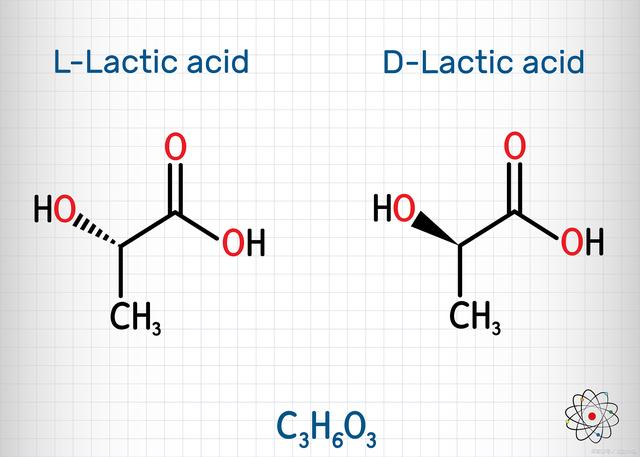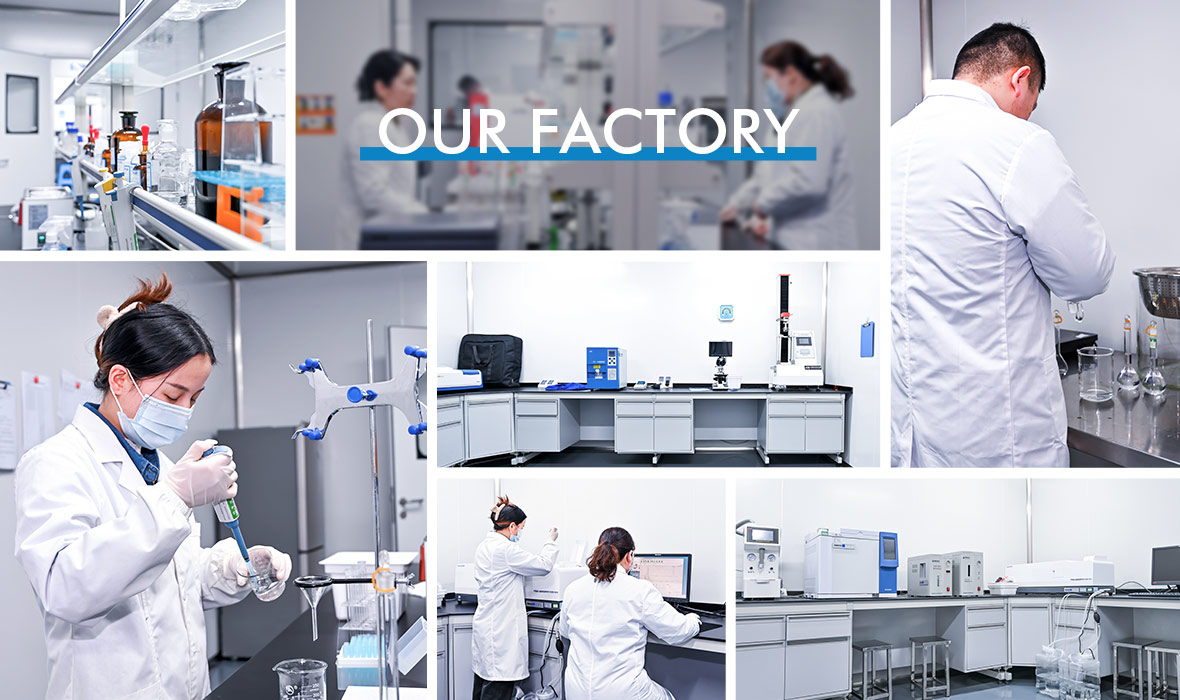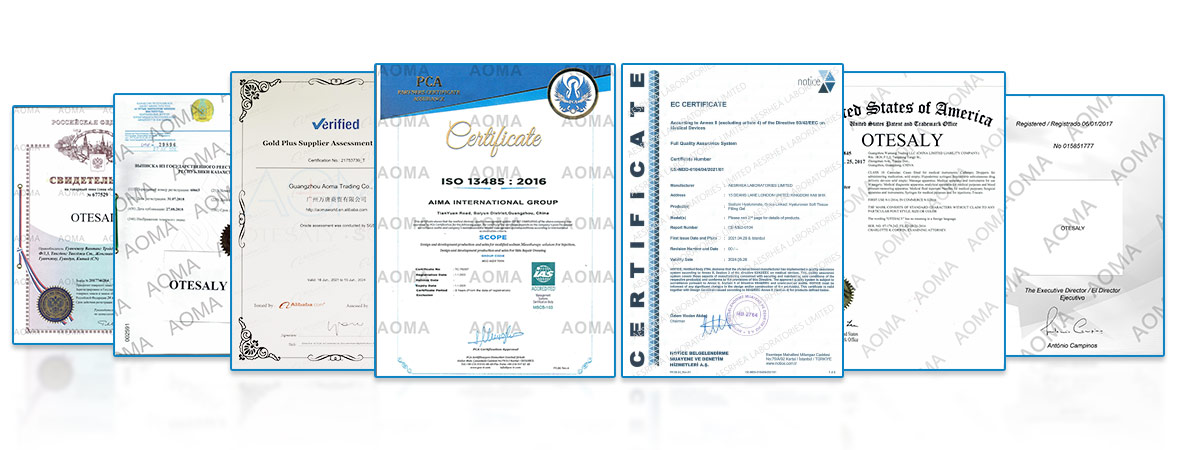What is a PLLA Filler?
What is Poly-L-Lactic Acid?

Poly-L-lactic acid (PLLA) is a synthetic polymer that has been used in various medical applications for decades. In recent years, it has gained popularity as a dermal filler due to its ability to stimulate collagen production and provide long-lasting results. PLLA fillers are biodegradable and biocompatible, making them a safe and effective option for facial rejuvenation.
How do PLLA fillers work?

PLLA fillers work by stimulating the body’s natural collagen production. When injected into the skin, the PLLA particles create a scaffold that encourages the growth of new collagen fibers. Over time, the PLLA particles are gradually absorbed by the body, leaving behind a fuller, more youthful appearance.
What are the benefits of using PLLA fillers?

PLLA fillers offer several benefits compared to other types of dermal fillers. First, they provide long-lasting results, with some studies showing effects lasting up to 24 months. Second, PLLA fillers stimulate the body’s natural collagen production, resulting in a more natural-looking and gradual improvement in facial volume. Finally, PLLA fillers are biodegradable and biocompatible, making them a safe and effective option for facial rejuvenation.
Who is a good candidate for PLLA fillers?
Good candidates for PLLA fillers are individuals who are looking for a long-lasting and natural-looking solution for facial volume loss. PLLA fillers are suitable for both men and women of all skin types and can be used to treat various areas of the face, including the cheeks, temples, and jawline. However, individuals with active skin infections or allergies to any components of the filler should avoid using PLLA fillers.
What are the effects of PLLA fillers?
How long do PLLA fillers last?

PLLA fillers are known for their long-lasting results, with some studies showing effects lasting up to 24 months. This is significantly longer than other types of dermal fillers, such as hyaluronic acid fillers, which typically last between 6 to 12 months. The longevity of PLLA fillers is due to their ability to stimulate the body’s natural collagen production, resulting in a gradual and natural-looking improvement in facial volume.
What areas can be treated with PLLA fillers?

PLLA fillers can be used to treat various areas of the face, including the cheeks, temples, jawline, and chin. They are particularly effective for restoring volume to areas that have lost fullness due to aging or weight loss. PLLA fillers can also be used to improve the appearance of fine lines and wrinkles, resulting in a more youthful and refreshed appearance.
What is the injection process like?
The injection process for PLLA fillers is similar to other types of dermal fillers. After a thorough consultation, the practitioner will cleanse the treatment area and apply a topical anesthetic to minimize any discomfort. The PLLA filler will then be injected into the targeted areas using a fine needle or cannula. The entire procedure typically takes less than an hour, and most patients experience minimal downtime.
Are there any side effects or risks associated with PLLA fillers?
Like any cosmetic procedure, there are potential side effects and risks associated with PLLA fillers. The most common side effects include swelling, bruising, and redness at the injection site, which typically resolve within a few days. More serious side effects, such as infection or allergic reactions, are rare but can occur. It is essential to choose a qualified and experienced practitioner to minimize the risk of complications.
How do PLLA fillers compare to other types of fillers?
What are the differences between PLLA fillers and hyaluronic acid fillers?
PLLA fillers and hyaluronic acid fillers are two of the most popular types of dermal fillers on the market. The main difference between the two is their composition and how they work. Hyaluronic acid fillers, such as Juvederm and Restylane, provide immediate results by adding volume to the skin. However, these results are temporary, as hyaluronic acid is gradually absorbed by the body. In contrast, PLLA fillers work by stimulating the body’s natural collagen production, resulting in a more gradual and natural-looking improvement in facial volume.
What are the differences between PLLA fillers and calcium hydroxylapatite fillers?
Calcium hydroxylapatite fillers, such as Radiesse, are another popular option for facial rejuvenation. Like PLLA fillers, calcium hydroxylapatite fillers stimulate the body’s natural collagen production. However, they also provide immediate volume due to their thicker consistency. Calcium hydroxylapatite fillers are typically used for deeper wrinkles and folds, while PLLA fillers are better suited for restoring facial volume and treating fine lines and wrinkles.
What are the differences between PLLA fillers and permanent fillers?
Permanent fillers, such as silicone or polymethylmethacrylate (PMMA), are a more controversial option for facial rejuvenation. Unlike temporary fillers, permanent fillers provide long-lasting results but carry a higher risk of complications, such as infection, migration, and granuloma formation. PLLA fillers are a safer alternative to permanent fillers, providing long-lasting results without the risk of permanent complications.
What to expect after a PLLA filler treatment?
What is the recovery process like?
The recovery process after a PLLA filler treatment is typically quick and straightforward. Most patients experience mild swelling, bruising, and redness at the injection site, which usually resolve within a few days. Applying ice packs to the treated areas and avoiding strenuous exercise for 24 hours can help minimize these side effects. Most patients can return to their normal activities immediately after the procedure.
When will the results be noticeable?

The results of a PLLA filler treatment are not immediately noticeable, as the collagen production process takes time. Most patients begin to see gradual improvements in facial volume within a few weeks, with optimal results appearing around six months after the treatment. The results can last up to 24 months, depending on individual factors such as age, skin type, and lifestyle.
How can I maintain the results of my PLLA filler treatment?
To maintain the results of a PLLA filler treatment, it is essential to follow a proper skincare routine and protect the skin from sun damage. Using a broad-spectrum sunscreen with at least SPF 30 daily and avoiding excessive sun exposure can help prolong the results. Additionally, incorporating products containing retinoids, peptides, and hyaluronic acid into your skincare routine can help maintain skin elasticity and hydration. Regular follow-up appointments with your practitioner can also ensure that any necessary touch-ups are performed to maintain your desired appearance.
Are there any contraindications for PLLA fillers?
Contraindications for PLLA fillers include active skin infections, allergies to any components of the filler, and certain medical conditions such as autoimmune disorders or bleeding disorders. It is essential to disclose your complete medical history and any medications you are taking during your consultation to ensure that PLLA fillers are a safe and suitable option for you.
Conclusion
PLLA fillers are a safe and effective option for facial rejuvenation, offering long-lasting and natural-looking results. By stimulating the body’s natural collagen production, PLLA fillers provide a gradual and subtle improvement in facial volume, resulting in a more youthful and refreshed appearance. If you are considering a dermal filler treatment, consult a qualified and experienced practitioner to discuss your options and determine the best approach for your individual needs.





























